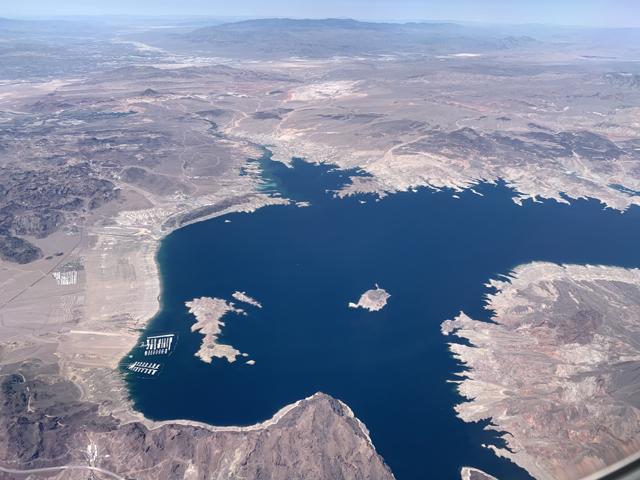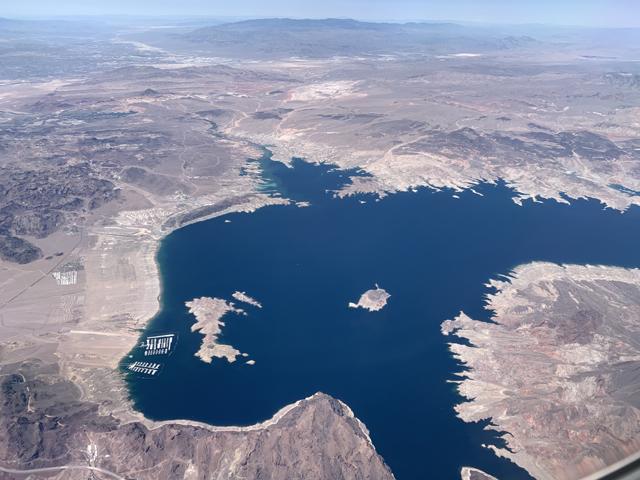Ag Weather Forum
Heavy Snow Brings Drought Reprieve to the Colorado River
Lake Mead, the largest reservoir in the United States and created by the Hoover Dam on the Colorado River between Arizona and Nevada, looks like a lake again thanks to heavy snow during the past winter in the Colorado basin.
A measurement taken in April showed the snow water in the Rocky Mountains was 160% of normal. That snowmelt moisture raised the level of Lake Powell upstream of Lake Mead and allowed for a large flush of water to be released from Lake Powell into the Colorado as it flows through the Grand Canyon. The volume was immense. The surge peaked at 39,500 cubic feet per second during the 72 hours of the high-volume release, about four times as much water as Lake Powell usually sends downriver.
The water moving downriver has begun flowing into Lake Mead and is making a big difference in the lake level. A year ago, there were widespread concerns about the potential for the Lake Mead water level to drop to what is termed "dead pool" level, where the water level is so low that it cannot generate enough liquid pressure to run the dam's hydroelectric generators. The low water level in Lake Mead also left marinas and boat launch ramps literally high and dry. Projections now call for the Lake Mead water level to be about 22 feet higher this October than a year ago. However, that is still about 160 feet below what is considered capacity.
P[L1] D[0x0] M[300x250] OOP[F] ADUNIT[] T[]
Lake Mead's higher water level now does not change the total water volume that will flow through the Colorado River basin this year. This year's big surge is actually mimicking how the Colorado River flow used to be prior to dam building, when the river level would swell in the spring following mountain snowmelt. The higher Lake Mead volume also doesn't remove the large-scale issues with drought and high demand for Colorado River water. They're still around.
"This winter's snowpack is promising and provides us the opportunity to help replenish Lakes Mead and Powell in the near-term -- but the reality is that drought conditions in the Colorado River Basin have been more than two decades in the making," Reclamation Commissioner Camille Calimlim Touton told AZ Central.
"Despite this year's welcomed snow, the Colorado River system remains at risk from the ongoing impacts of the climate crisis. We will continue to pursue a collaborative, consensus-based approach to conserve water, increase the efficiency of water use, and protect the system's reservoirs from falling to critically low elevations that would threaten water deliveries and power production."
Details of the Colorado River allocation controversy agricultural impact are available here: https://www.dtnpf.com/….
Bryce Anderson can be reached at Bryce.Anderson@dtn.com
Follow him on Twitter @BAndersonDTN
(c) Copyright 2023 DTN, LLC. All rights reserved.






Comments
To comment, please Log In or Join our Community .